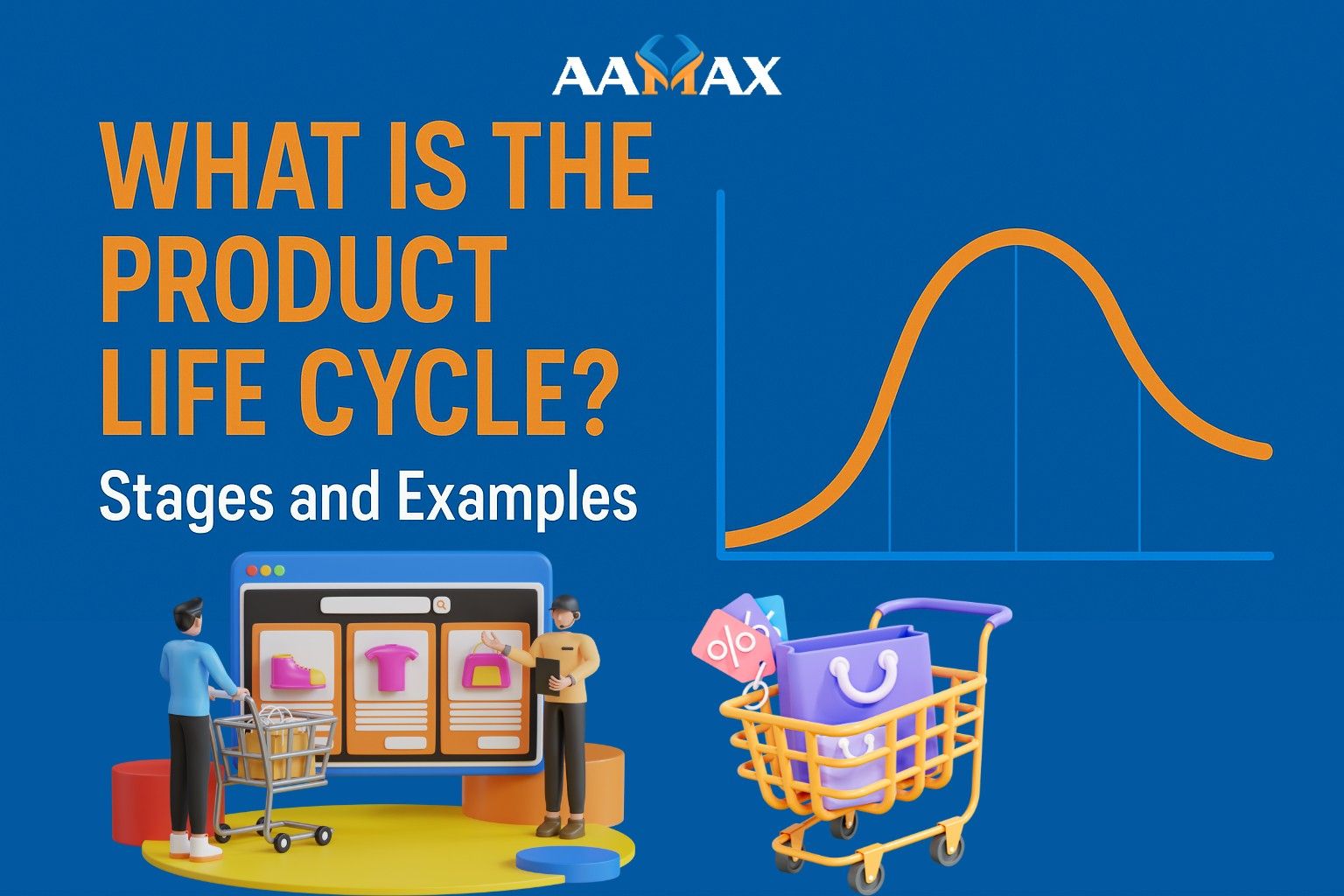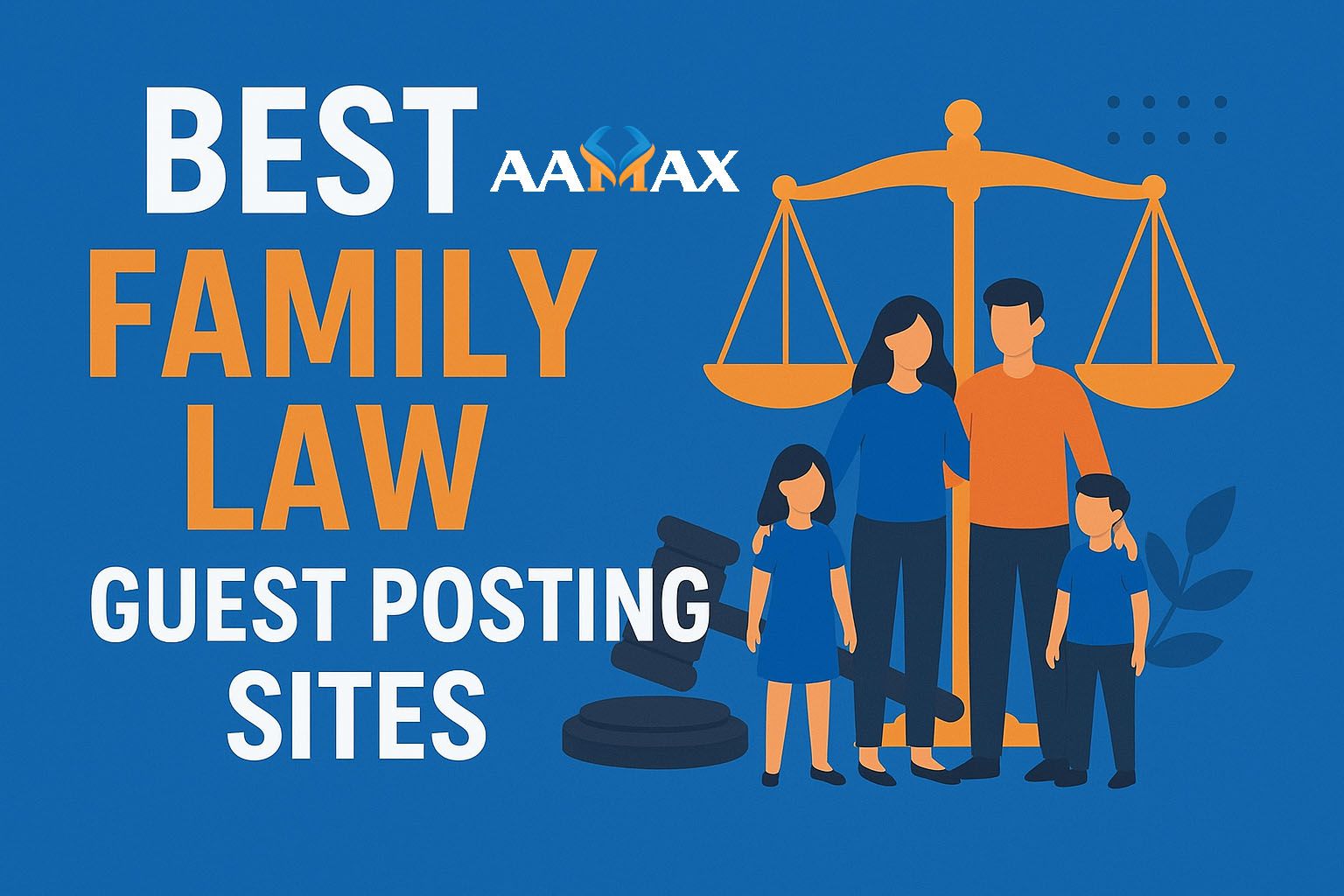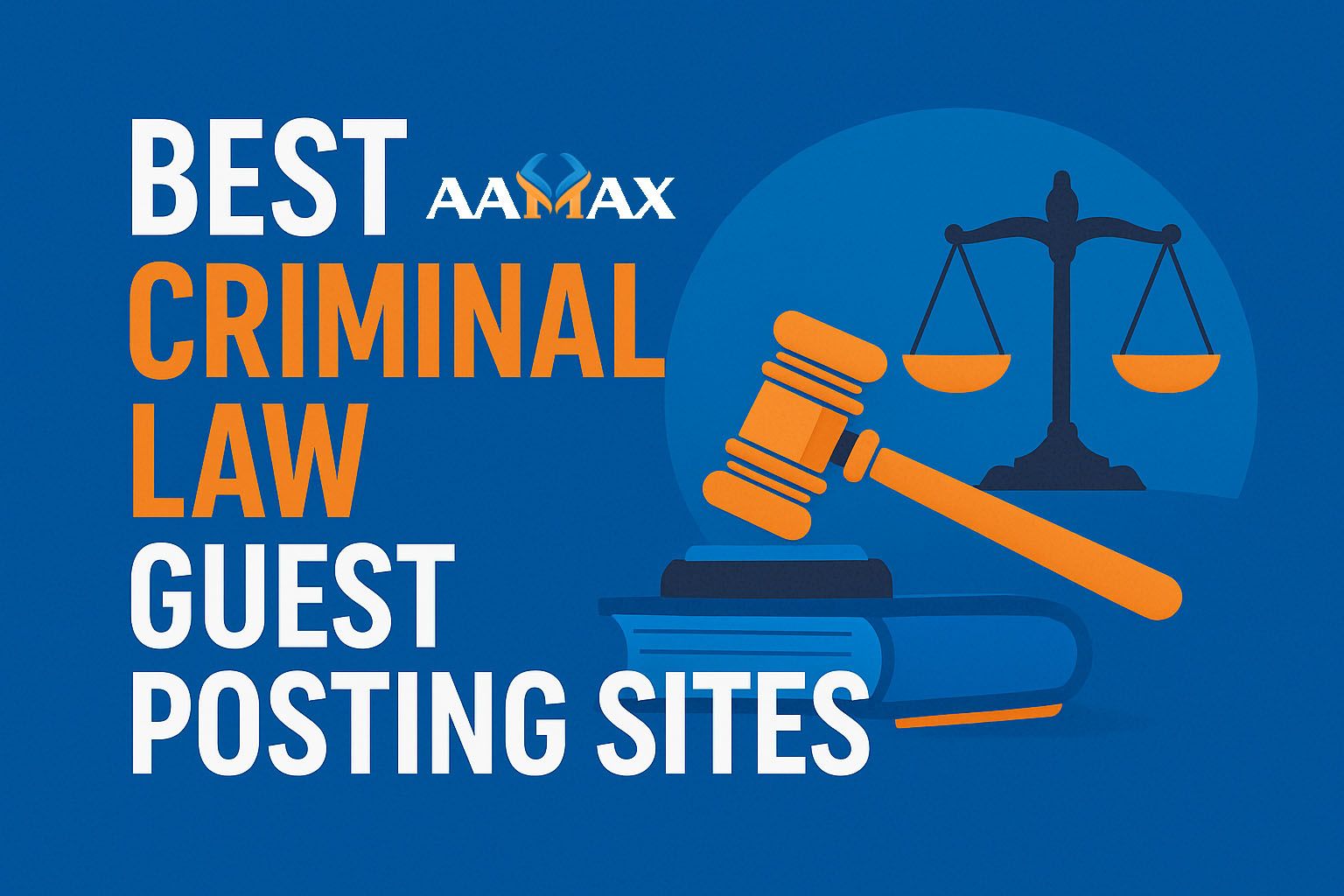
What Is the Product Life Cycle? Stages and Examples
In the business world, no product lasts forever. Whether it’s the latest smartphone, a trending app, or even a household brand, every product follows a natural progression from launch to eventual decline. This progression is known as the Product Life Cycle (PLC). Understanding the product life cycle is crucial for businesses because it helps them develop strategies to maximize revenue, extend a product’s success, and make smart decisions about innovation and replacement.
In this article, we’ll dive deep into what the product life cycle is, its stages, real-world examples, and how businesses can use it to make data-driven marketing and sales decisions.
What Is the Product Life Cycle?
The Product Life Cycle (PLC) is a theoretical framework that explains the stages a product goes through, from its introduction to the market until it is eventually withdrawn.
Just like living organisms, products are “born” when they’re introduced, they “grow” as demand rises, they reach “maturity” when sales stabilize, and finally, they “decline” as consumer demand shifts elsewhere.
Why the Product Life Cycle Matters
Understanding the product life cycle helps businesses:
- Identify market opportunities
- Plan effective marketing campaigns
- Manage product pricing strategies
- Forecast sales and revenue
- Know when to innovate or discontinue a product
The 4 Stages of the Product Life Cycle
There are four main stages of the product life cycle. Let’s explore each in detail with examples.
1. Introduction Stage
The introduction stage is when a product is launched into the market. At this point, awareness is low, marketing costs are high, and sales growth is slow.
Key Characteristics:
- High investment in R&D and marketing.
- Low or negative profits due to high costs.
- Uncertainty about market acceptance.
- Heavy promotional efforts to create awareness.
Example:
When Tesla introduced its first electric vehicles, the market was skeptical about battery life, cost, and performance. Tesla had to invest heavily in education and marketing to win over early adopters.
2. Growth Stage
If the product survives the introduction stage, it enters growth. Demand increases, revenue grows, and competitors often begin entering the market.
Key Characteristics:
- Rapid sales growth.
- Increased profitability as costs are spread over more units.
- More competitors enter the market.
- Brand differentiation becomes important.
Example:
Smartphones in the late 2000s saw explosive growth. Apple, Samsung, and other brands battled for market share as global adoption surged.
3. Maturity Stage
The maturity stage is when a product reaches peak acceptance. Sales slow down, competition is fierce, and companies must innovate to maintain their share.
Key Characteristics:
- Market saturation.
- Stable or declining profit margins.
- Price competition intensifies.
- Marketing focuses on differentiation and loyalty.
Example:
Soft drinks like Coca-Cola and Pepsi are in maturity. The products are well-known, and both companies compete on branding, flavor variations, and marketing campaigns.
4. Decline Stage
Eventually, demand for a product decreases due to technological changes, evolving consumer preferences, or newer products entering the market.
Key Characteristics:
- Falling sales and profits.
- Companies may discontinue or reposition products.
- Heavy discounts or clearance sales.
- Strategic decisions about whether to withdraw or reinvent.
Example:
DVD players are in decline as streaming services dominate. What was once essential for home entertainment is now nearly obsolete.
Extended Versions of the Product Life Cycle
While the traditional model has four stages, some marketers use a five-stage model that includes “Development” before introduction:
- Development – The idea stage where products are researched and designed.
- Introduction – Market launch.
- Growth – Increasing demand.
- Maturity – Peak market presence.
- Decline – Drop in demand.
This expanded model highlights how costly and risky product development can be before launch.
Marketing Strategies for Each Stage
Businesses must tailor their marketing and sales strategies according to where a product is in the life cycle.
Introduction Strategies:
- Invest in awareness campaigns.
- Focus on educating consumers.
- Price skimming (high initial price) or penetration pricing (low to gain share).
Growth Strategies:
- Strengthen brand positioning.
- Expand distribution channels.
- Reinforce unique value propositions.
Maturity Strategies:
- Offer product variations or upgrades.
- Engage in loyalty programs.
- Increase efficiency to sustain profits.
Decline Strategies:
- Reduce costs to maintain profitability.
- Liquidate remaining inventory.
- Pivot to newer products or rebrand.
Real-World Examples of Product Life Cycle
To better understand the PLC, let’s look at some industries:
- Video Game Consoles – Every new generation (PlayStation, Xbox, Nintendo) goes through introduction, growth, maturity, and decline before the next generation launches.
- Fashion Trends – Fads like skinny jeans or Crocs hit growth fast, mature, and often decline as consumer tastes shift.
- Streaming Services – Netflix is in maturity, while newer entrants like Disney+ are in growth, and DVD rentals are in decline.
Common Mistakes Businesses Make with PLC
- Ignoring Market Research – Misjudging demand during introduction can lead to costly failures.
- Overlooking Innovation – Brands that don’t innovate during maturity often lose out.
- Failing to Manage Decline – Holding onto a declining product too long can drain resources.
How Digital Marketing Supports the Product Life Cycle
Digital marketing plays a vital role in extending the life cycle of products:
- SEO and Content Marketing drive awareness in introduction and growth stages.
- Social Media Marketing keeps products relevant in maturity.
- Retargeting Ads help maintain revenue during decline.
Companies often partner with experts to design tailored strategies. AAMAX, a full-service digital marketing company, specializes in web development, digital marketing, and SEO services that help businesses maximize product visibility at every stage of the life cycle.
Final Thoughts
The Product Life Cycle (PLC) is more than a business theory—it’s a roadmap for managing products in the real world. By recognizing which stage a product is in, businesses can adopt the right pricing, promotion, and innovation strategies to maximize revenue and longevity.
From smartphones to soft drinks, every product has a life cycle. The key is to make smart decisions at each stage so your business remains competitive, profitable, and future-ready.
Whether you’re launching a new product or managing an established one, understanding the product life cycle helps you stay ahead of the curve and avoid costly mistakes.







